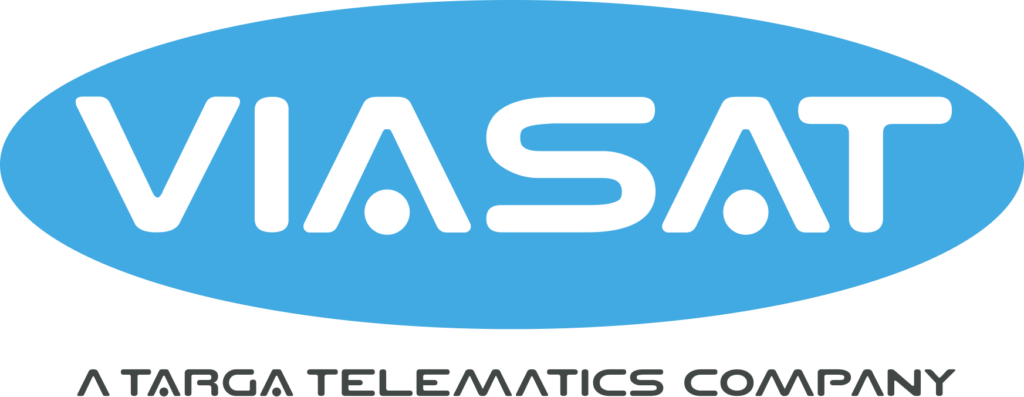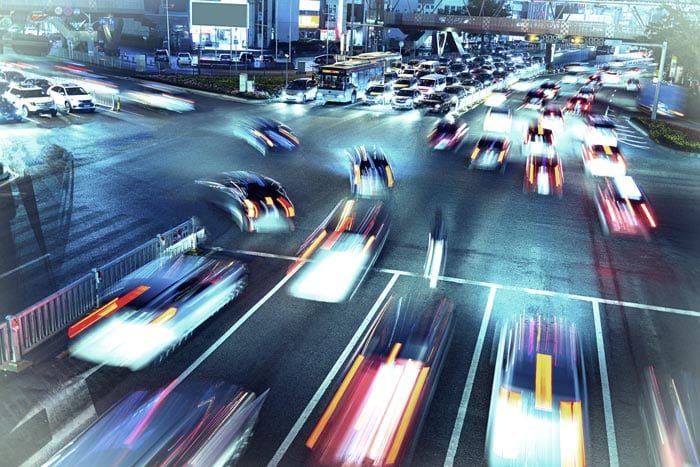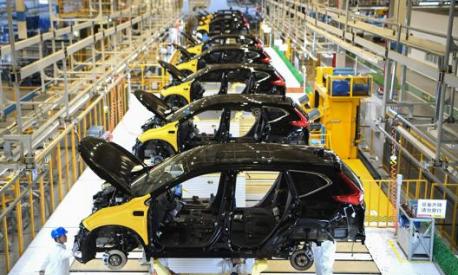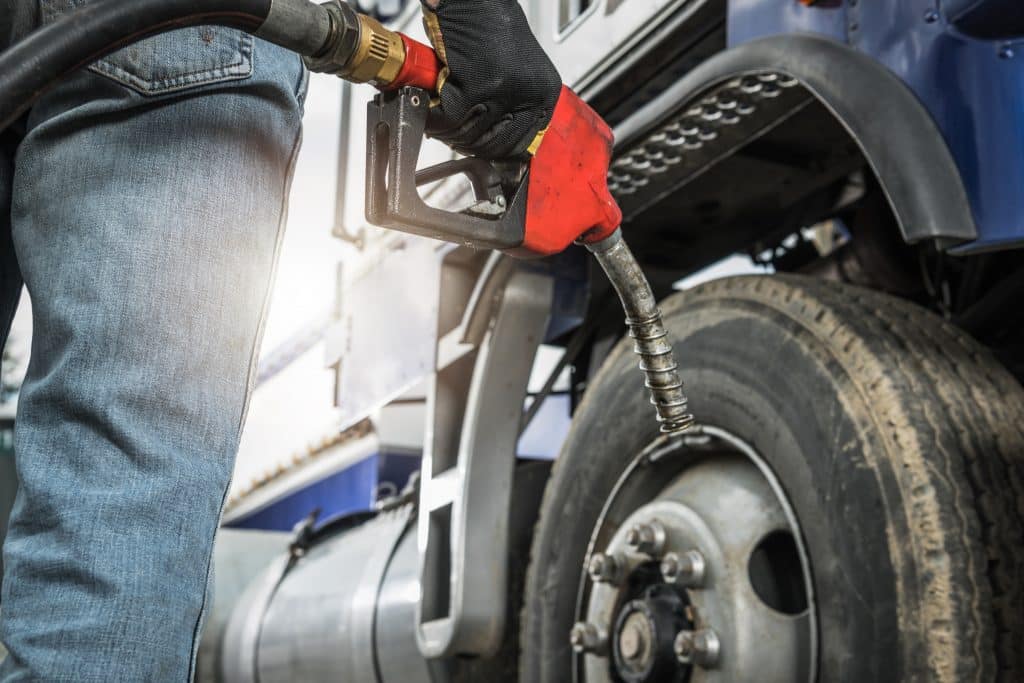Promote sustainable mobility by eliminating the inefficient use of cars. The EU’s goal is clear: the time has come for cities to give way to people and rethink urban development
A 2022 Global Traffic Scorecard (Gts) study by Inrix looks at cars and their movement in more than 1,000 different cities in 50 countries. The results are surprising: the city with the worst traffic in the world is London, where as many as 156 hours a year of one’s life are lost in traffic jams. The British capital repeats the result for the second consecutive year. In second place we find Chicago, which managed to do worse than Paris, on the lowest step of the podium. Completing the top ten are Boston, New York, Bogota, Toronto, Philadelphia, and Miami.
The Italian photo
Surprisingly, Palermo turns out to be the busiest Italian city in the world: 121 hours a year are wasted in queues, with an average speed of 14.5 km/h. This result is the worst ever, given that London, Toronto, and Canada record an average journey rate of 16.09 km/h. In 13th place overall we find Rome, the second Italian city in the standings, with 107 hours of queues and an average speed of 20.92 km/h, while Turin is on the lowest step of the Italian podium, with 86 hours lost and a speed of 16, 09 km/h. Milan defends itself well, occupying a good 66th place on par with Genoa, recording 59 hours of queuing and an average speed of 24.14 km/h.
Efficient public transportation and encouraging shared mobility and ‘soft’ mobility-the new urban ecosystem created by e-bikes and electric scooters, combined with powered two-wheelers and traditional bicycles-is the combination to focus on for a future with fewer cars. But a strong acceleration on IoT connectivity is needed for smarter, cleaner, and safer streets. Indeed, there is no doubt that technology is the primary source of the Smart City, especially when it comes to Artificial Intelligence, the Internet of Things, 5G, and even data management services. The combination of these solutions will therefore be called on to make urban flows more efficient, less polluting, and more in harmony with the community’s needs.
Connectivity is the key
The connectivity and digitization of processes are the key elements on which Viasat’s global offering has been based for several years to provide citizens with a completely new, flexible, green, integrated, on-demand, and shared mobility experience. And to provide concrete answers to issues such as driving safety, traffic, parking difficulties and long travel times, and proper vehicle maintenance.




